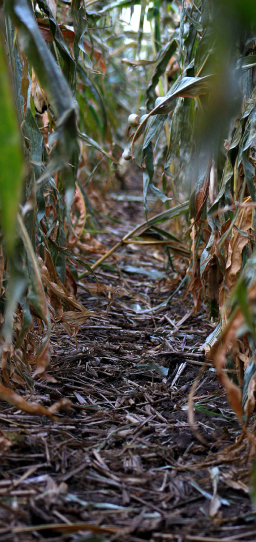Regenerative agriculture is defined as “a holistic land-management practice that leverages the power of photosynthesis in plants to close the carbon cycle, and build soil health, cropresilience, and nutrient density,” according to Regeneration International.
These growing techniques are backed up by science. The result: farms yield more bushels per acre, and improve the soil, more inexpensively than ever before. These results all fit into our goals of making bio-based fuels and chemicals, creating homegrown energy, and helping rural communities across America’s Heartland.
Learn more about our feedstocks, and the regenerative agriculture we research and encourage to help farms become an economic driver in the energy economy.
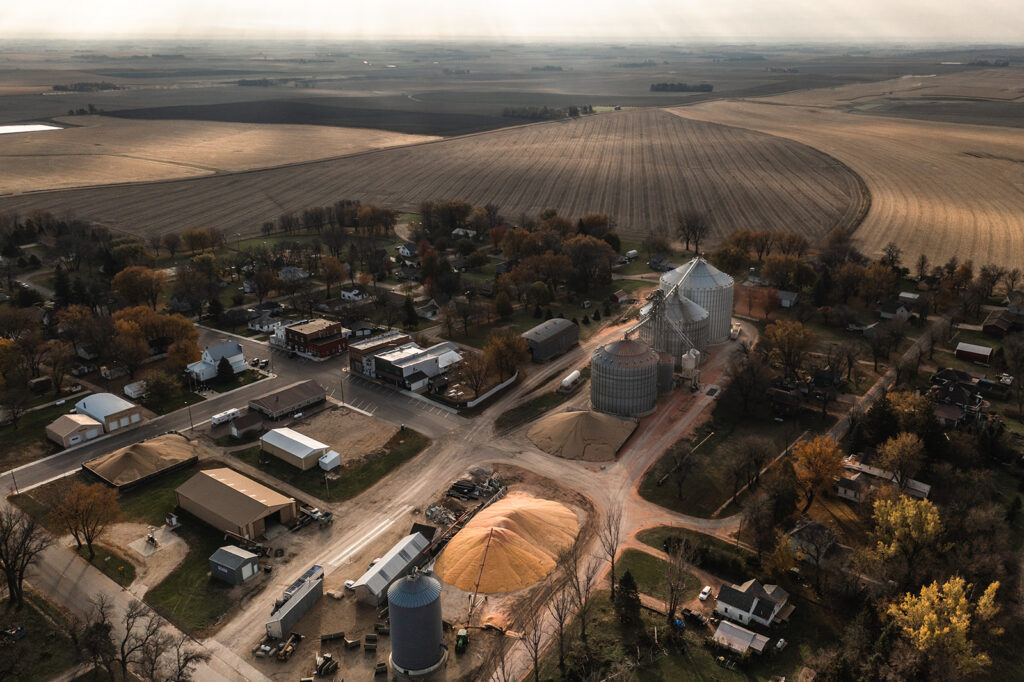
Agriculture Has Inspired the Evolution of the Energy Economy
Regenerative agriculture practices make a huge difference in our process. Adding to our efficiency has always been part of our plan, and has evolved to include many different aspects of our business and how we have an impact on the greater world. Gevo makes use of photosynthesis as an energy-efficient tool for carbon recycling. Nowadays the industry standards take many different factors into account. Many factors are taken into account:
- Soil Carbon Sequestration
- Land Use
- Water Use
- Human Quality-of-Life Issues
- Food Security
“Gevo doesn’t just purchase feedstock from farmers. Instead we work with farmers as partners, to encourage sustainable farming and regenerative agriculture.”

Regenerative Farming Is Here to Stay
Regenerative farming is nothing new. But what once was considered common sense to farmers to optimize the productivity of their lands is now a key tool for us to help fight climate change. Sustainable agriculture methods have been learned over our rich history of tilling the soil and ensuring a healthy crop, because back then it was a life-or-death proposition. If the crop didn’t produce a farmer’s family could be at risk all winter. The same thing could be said to be true today, only it’s the economics of energy as well as the food supply that’s at stake.
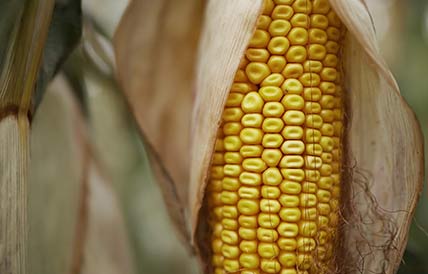
CAPTURE
Corn contains carbon in its carbohydrate—drawn from the atmosphere, a free resource.
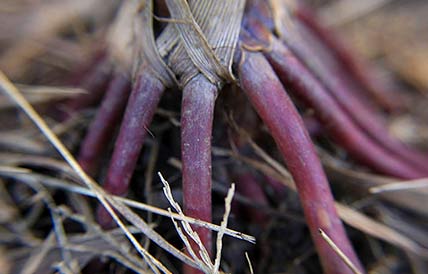
SEQUESTER
The root mass contains carbon, and is left in the ground to enrich the soil.
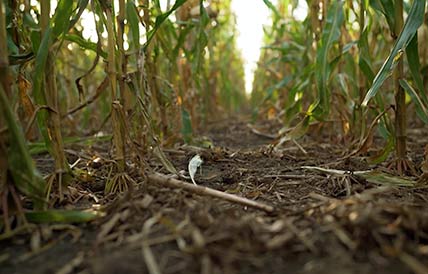
REPEAT
Cornstalks and leaves contain carbon too. When left in the field they add more carbon to the soil.
Regenerative Agriculture Practices Spark the Whole Circular Economy
Gevo’s unique systems approach is focused on getting the most out of our plant-based feedstock to improve the global food supply and augment energy sources for transportation. We strive to source corn feedstock from farmers who use good regenerative agricultural practices, then multiply the effect by separating the protein and starch out of every kernel.
- Nutrition first, Gevo will produce more protein products compared to renewable fuels, on a tonnage basis
- Farmers succeed, growing their operations and employing more people
- Better economic conditions help rural communities thrive
- Farms participate in growth of renewable energy infrastructure
- Every acre produces both food and fuel
Regenerative Agriculture and Climate Change
Corn is an excellent candidate for regenerative agriculture because it is an opportunity to capture carbon as it creates biomass from seed to tall stalks, season after season. Low-till and no-till techniques keep the root, and, in many cases, the stalks and leaves on the ground, where they are incorporated into the soil, adding organic material. This allows farmers to recycle many of the nutrients that the seedlings in the next crop will need, without adding soil inputs, such as synthetic fertilizer. Many regenerative agriculture practices are inspired by positive results. Regenerative agriculture is particularly effective with corn:
- Stalks grow to more than six feet tall each year, drawing carbon from the atmosphere
- Stalks and leaves store carbon
- Root structure stores carbon
- Low-till and no-till farming techniques leave roots, stalks, and leaves in the soil
- Organic matter in soil helps water retention
- Soil biodiversity helps sequester carbon more deeply
